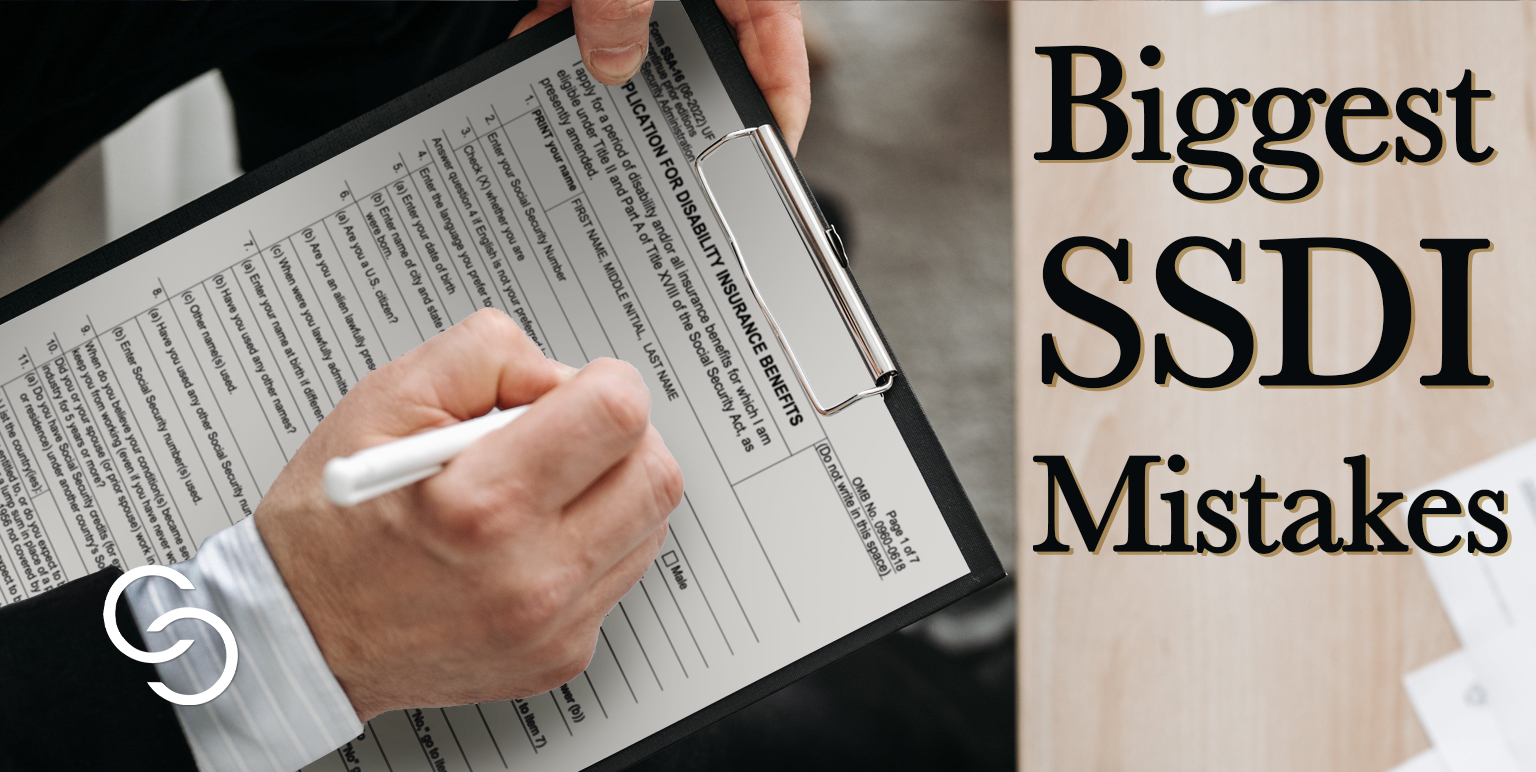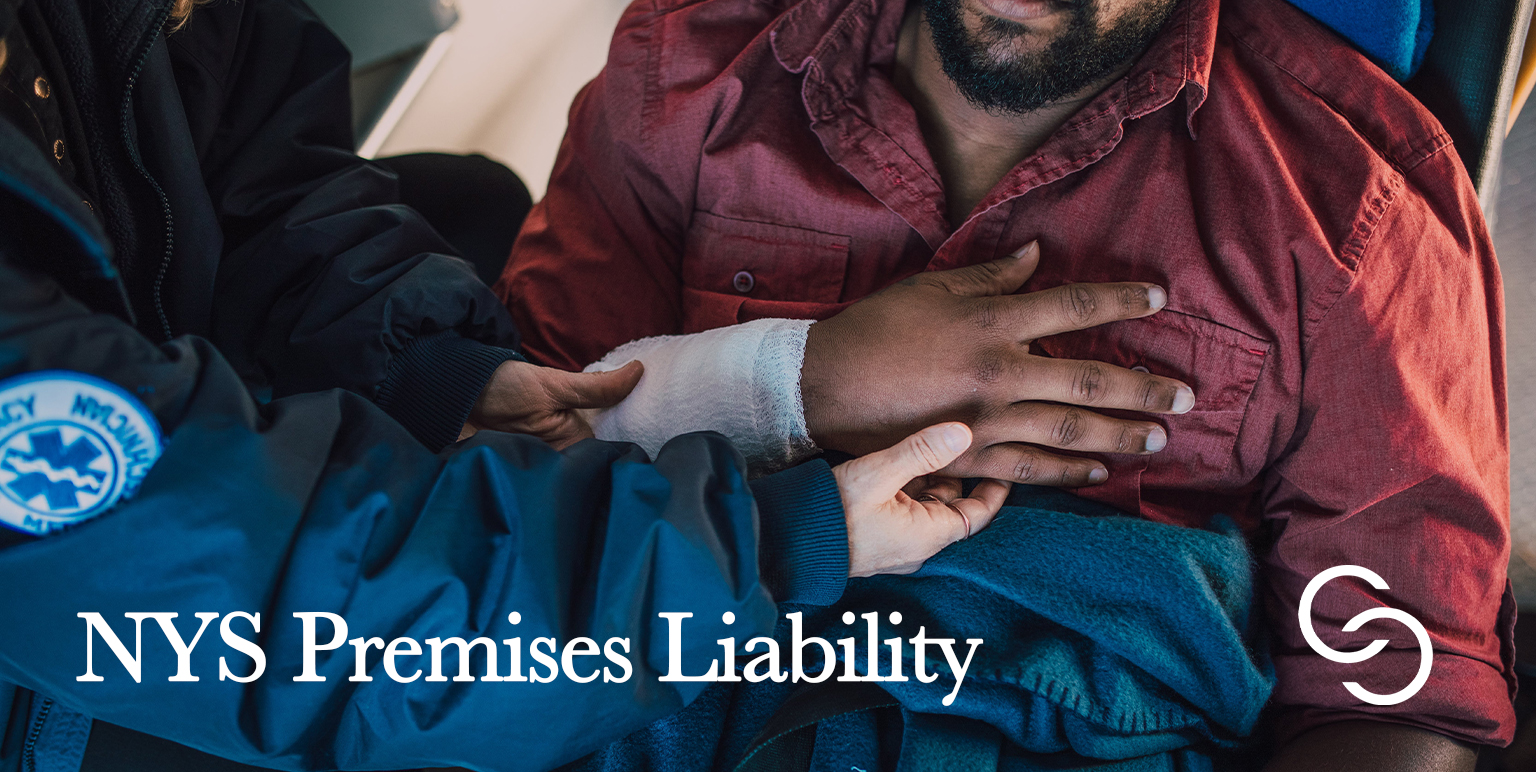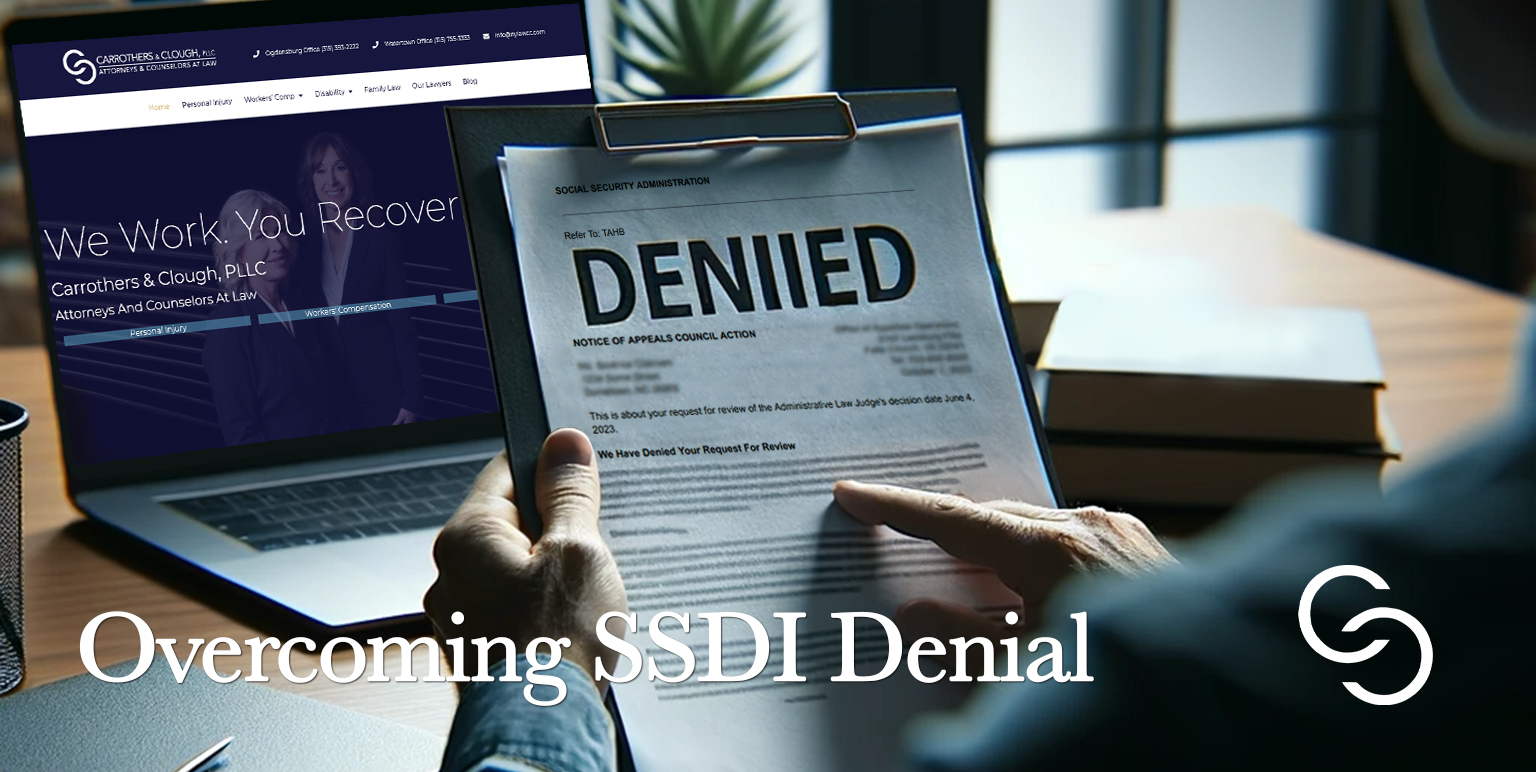Key Strategies to Avoid SSDI Mistakes in Your Application
Navigating the SSDI application process is fraught with potential SSDI mistakes that can derail your claim. This guide is dedicated to helping you recognize and avoid these common errors, streamlining your path to a successful application. Social Security application denials are more common than approvals. The average denial rate of Social Security Disability claims was 67% from 2011 through 2020.[1] The Social Security Administration (SSA) can deny claims based on medical reasons or non-medical reasons, but either type of denial can cause delays that last months or even years.
There is no guaranteed approval tactic, but knowing the common pitfalls of Social Security Disability (SSD) applications can help you avoid making the same mistakes.
Mistake 1: Insufficient Information – A Crucial SSDI Error
The SSD application is time-consuming, complicated, and stressful. Many applicants reach a point in the process when they think the information they’ve provided is “good enough” to prove they’re eligible for benefits. This is an easy SSD application mistake to make because you will be asked to provide an enormous amount of information as part of your initial filing. However, regardless of how tiresome the process becomes, it’s important you don’t let this deter you from disclosing all relevant details.
Were you referred to a neurologist but have only been to one appointment so far? You should still include that in your application. Has your doctor ordered braces, a walker, or some other type of durable medical equipment, but you haven’t received it yet? Include that, too. Don’t be afraid to discuss all the ways your life is affected by your conditions.
Mistake 2: Not Following Your Doctor’s Orders
A critical SSDI mistake is disregarding medical recommendations. Adhering to your doctor’s advice is essential not just for your health, but for substantiating your SSD claim. In the best of circumstances, especially when you’re dealing with a chronic or severe condition. In addition, not attending appointments or following through with recommended treatments could also lead to a medical denial of your SSD application.
Medical records make up a substantial portion of your filing, and they are the key to proving the severity of your condition. Doctors’ notes, test results, and procedure reports from your physicians directly impact the SSA’s decision on your case. If you haven’t been compliant with the doctor’s orders, the SSA may interpret that to mean your condition isn’t a severe impairment. This is significant because a “medically determinable physical or mental impairment” is part of the SSA’s definition of disability.[2] This SSD application mistake has the added disadvantage of negatively affecting your health, as well.
Mistake 3: Overlooking Deadlines – A Key SSDI Oversight
Among common SSDI mistakes, missing key deadlines is particularly consequential. Timely submission is essential in the SSDI process, and delays can lead to significant setbacks. Finding the energy or time to complete any task can be challenging. Filing an SSD application is not easy, but it is essential that applicants do not miss key dates and deadlines. While there is no set deadline for filing a Social Security claim, delaying can still have negative consequences. Postponing submission of your application, for whatever reason, can result in a loss of benefits.[3]
Other important dates may pop up during the review period if the SSA needs additional information or tries to contact you. Failure to respond in a timely manner may also result in a denial. For example, you only have 60 days to request an appeal if your application is denied.[4]
Mistake 4: Ignoring Mental Health Conditions in SSDI Claims
Many applicants commit the SSDI mistake of not including mental health conditions in their claims. The SSA evaluates the totality of your conditions, both physical and mental. The overall impact of your conditions, both physical and mental. You are not providing a complete picture by excluding mental, emotional, or psychological symptoms or conditions, and this could negatively affect your application. Whether your mental condition is a symptom or result of your physical impairments or a condition in and of itself, the impact it has on your life should be discussed in your Social Security claim.
The SSA understands that chronic pain and long-term health problems can cause mental health to decline. Many mental health conditions, such as depression, anxiety, and trauma-related disorders,[5] are also included in the SSA’s listing of impairments. Some stigma continues to exist around mental health, but being open and honest about your struggles can help you avoid this common SSD application mistake.
Mistake 5: Misunderstanding the Eligibility Rules
The standard definition of a disability is a condition that limits senses, activities, or physical movements. The SSA has its own separate definition with a set of qualifying factors. To be considered disabled and eligible for SSD benefits, you must meet the following requirements[6]:
- You cannot perform any substantial gainful activity
- Your inability to work must be due to a medically determinable physical or mental impairment
- The impairment must have lasted for at least 12 consecutive months, be expected to last for at least 12 consecutive months, or be expected to result in death
In addition to these rules, there are also income considerations involving the meaning of substantial gainful activity. As of the time of this writing, SSD applicants cannot earn more than $1,470 per month to be eligible for benefits.[7] The monthly total is $2,460 for statutorily blind applicants.
Mistake 6: Going Through the Process Alone Can Lead to Critical SSDI Mistakes
Considering the staggering denial rate of SSD applications, it is a good idea to seek help from an experienced Social Security attorney. The legal team at Carrothers & Clough will be with you every step of the way to ensure you avoid any SSD application mistakes that could cost you valuable time and effort. Contact us to schedule a free consultation.
[1] Social Security Administration. Annual Statistical Report on the Social Security Disability Insurance Program, 2021. https://www.ssa.gov/policy/docs/statcomps/di_asr/2021/sect04.html
[2] Social Security Administration. Disability Evaluation Under Social Security, Part I – General Information. https://www.ssa.gov/disability/professionals/bluebook/general-info.htm
[3] Social Security Administration. Medical Evidence. https://www.ssa.gov/help/iClaim_medicalEvidence.html
[4] Social Security Administration. Disability Benefits. https://www.ssa.gov/benefits/disability/#anchor2
[5] Social Security Administration. Disability Evaluation Under Social Security. https://www.ssa.gov/disability/professionals/bluebook/12.00-MentalDisorders-Adult.htm#12_15
[6] Social Security Administration. Red Book. How Do We Define Disability? https://www.ssa.gov/redbook/eng/definedisability.htm?tl=0
[7] Social Security Administration. Substantial Gainful Activity. https://www.ssa.gov/oact/cola/sga.html





